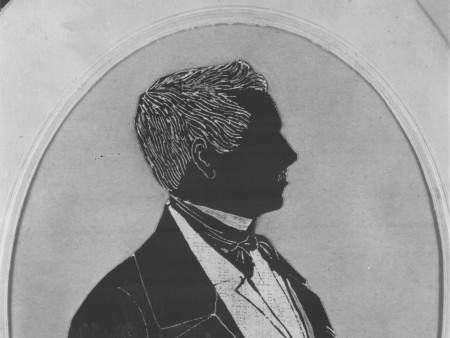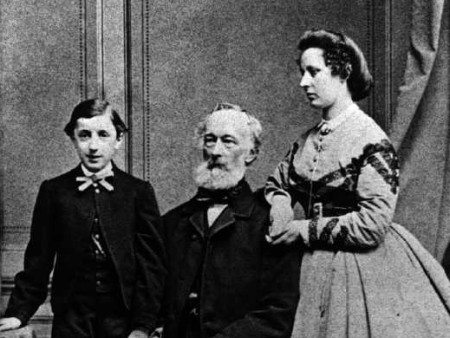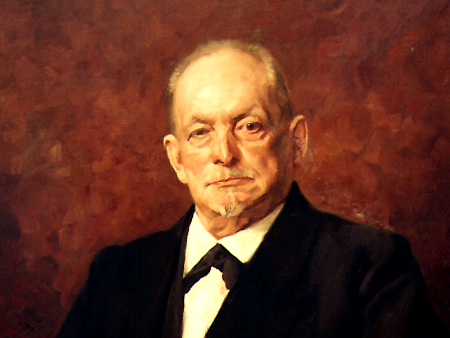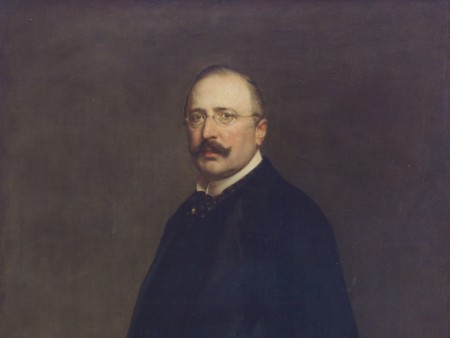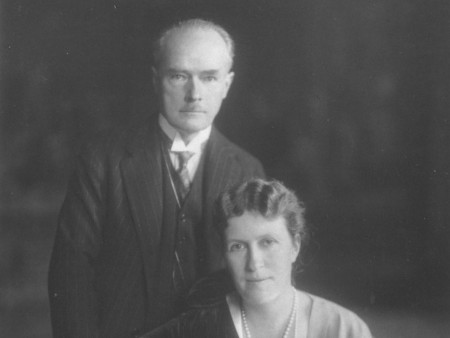History
The founding families
Contact
To help you get the information you need as quickly as possible, the following list shows who to contact on specific questions.
thyssenkrupp Corporate Archives
Andreas Zilt M. A.
thyssenkrupp Corporate Archives
47161 Duisburg
Phone:+49 203 52668-22
Fax: +49 203 52668-25
Historisches Archiv Krupp
Prof. Dr. Ralf Stremmel
Historisches Archiv Krupp
Villa Hügel, Hügel 1
45133 Essen
Villa Hügel, Hügel 1
45133 Essen
Phone:+49 201 18848-21
/thyssenkrupp_logo_claim_d.svg)

